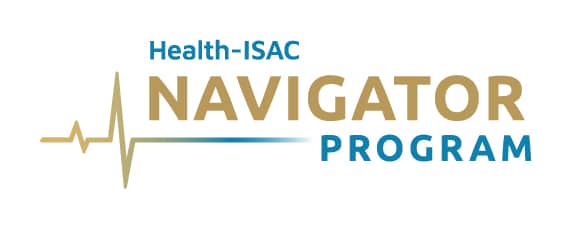Across the globe, cybersecurity teams work around the clock to keep up with scanning and patching vulnerabilities and identifying threats. This form of Vulnerability Risk Management is becoming a top priority within IT security teams.
As such, more and more risk-based vulnerability management personnel are reaching out to vendors of VRM to help with vulnerability management and the struggle to reduce security cyber risk.
What is Vulnerability Risk Management?
According to our partners at Tenable, vulnerability risk management is an ongoing process that includes proactive discovery, continuous monitoring, mitigation, remediation, and defense tactics to protect your organization. With a VRM tool, you will be able to identify, investigate, prioritize, mitigate and respond to vulnerabilities across all assets.
Security breaches are on the rise
Over the last year, 58% of enterprise organizations suffered a breach. According to Forrester Research, of all those external breaches, over 41% arose through the exploitation of some form of software application vulnerability.
Organizations continue to suffer breaches, despite savvy IT departments and good detection response technology. Want to know how to prevent a data breach? Vulnerability Scanning provides visibility to potential weakness across the network, but there is still a need to change this ‘find’ mentality to a ‘fix’ mentality.
VRM systems can do this, after addressing key threats.
Challenges in Vulnerability Risk Management
Vulnerability prioritization
Many organizations prioritize based on CVSS score. This can generate large amounts of data – often too much for remediation security teams to take targeted and informed action. This phenomenon is multiplied in larger organizations. It engenders the question – which vulnerabilities are actually critical?
Thankfully, with a managed VRM solution, prioritized remediation allows us to provide actionable insights based on vulnerability severity, asset criticality, compliance requirements, and our unmatched threat intelligence.
Remediation process
Remediating a security vulnerability takes the organization 103 days on average. These days, malware attackers can exploit with speed and agility.
Vulnerability Risk Management services provide both the technology and human expertise needed to successfully perform scanning of all systems. With a VRM service, it is possible to ensure that technical vulnerabilities and misconfigurations are identified and quickly remedied by a security team with intrusion detection and prevention systems.
Proving the value prior to an attack
IT network security programs are, for the most part, harder to quantify than other operations like sales or engineering. It’s often hard to translate the metrics involved with IT network security into measurable business value. However, the true value is the avoidance of huge breaches that can destroy businesses. After a business risk, they typically plow money into protecting their information security systems, however, by then, it’s too late.
According to IBM, some 68% of companies don’t believe their organizations have the ability to remain resilient in the wake of a cyberattack, yet proving the value of VRM can still be tricky in the boardroom.
Managed Vulnerability Risk Management services
Detection alone is no longer sufficient. Prioritization, remediation, and program governance are all new precedents in cyber security systems. In the current cyber climate, it is no longer a question of whether you’ll be hacked, but rather when and how.
As such, VRM that moves beyond simply patching up vulnerabilities into real risk reduction and incident response is an essential part of any IT security team.
With our MAXX VRM, state-of-the-art technology meets prioritized remediation. The CyberMaxx system monitors devices and web applications in internet perimeters, corporate networks, and cloud providers. The setup, configuration, scanning, and reporting are all handled by a team of experts to give you the most comprehensive VRM service available.


